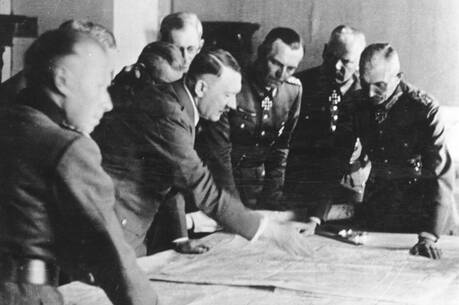Undervalued
The authors of America’s Forgotten Majority: Why the White Working Class Still Matters have set out to attack the conventional wisdom regarding the swing voter responsible for the election outcomes of the 1990’s. Each recent election has produced a flurry of reports attributing the results to blocs like educated suburban soccer moms, or affluent and technosavvy wired workers. Ruy Teixeira and Joel Rogers argue that the focus on these relatively small segments of the voting public is myopic. In what has already become a hotly debated thesis in political circles this election year, they contend that the big story is the white working class, the forgotten majority of the American electorate. (Indeed, judging from Al Gore’s performance since the convention, it appears that his campaign has taken the slim volume to heart.)
It is surprising how often this rather central element of the American political scene has been overlooked. The voting behavior of the white working class is largely the story of American politics since the 1930’s. When the Depression substantially united the white working class behind the Democratic Party, the Democrats dominated the government. The Republicans did not seriously contest this dominance until the late 1960’s, when, appealing largely to cultural and values issues, they made serious inroads into the Democrats’ white working class base.
This is where Teixeira and Rogers pick up the story. They are conspicuously well qualified to tell it. Teixeira, a senior fellow at The Century Fund, is one of the key analysts of contemporary voting participation and behavior, and Rogers, a University of Wisconsin professor, has written widely on labor and public policy issues.
Observers in the 1970’s and 1980’s saw white workersusually under the rubric of the silent majority or Reagan Democratsas a crucial swing vote in U.S. elections, but analysts in the 1990’s largely lost interest in them. The dwindling ranks of union labor and blue-collar manufacturing workers seem to have led students of these elections on a snipe hunt for the swing voter in more fashionable districts like Bethesda and Silicon Valley.
It is true that today’s white working class voters are found in suburbs as well as cities, and in white-collar and service occupations even more than factories. But if in some ways their circumstances are more diverse than those of the industrial armies that supported the New Deal coalition, most white workersa group the authors estimate at 55 percent of the voting populationdo have a defining shared experience in the last quarter-century. Because they are generally part of the three quarters of American adults without a four-year college degree, they have ended up on the wrong side of what the authors call a Great Divide created by rising income inequality. Real wages for workers on this side of the educational divide have declined during this period in spite of national economic growth.
The conventional story holds that Republicans captured the support of much of this group in difficult times by appealing to their conservative moral values and by avoiding economic issues that favored the Democrats. They then pressed their political advantage to discredit activist government generally.
Teixeira and Rogers contend that this is half true. Values are indeed the issue, but the values that unite this group are not about race or religion as often believed. They are principles like fair reward for effort, the centrality of hard work and individual achievement, social responsibility and order, equal opportunity for all.
These are the core values that inform the politics of the forgotten majority. The economic experience of the white working class since the 1970’s suggested that hard work no longer resulted in economic achievement. The political challenge, for both parties, has been to reunite the values of these voters with their economic experience.
The Democrats in the 1970’s and the 1980’s offered no such strategy. They seldom proposed using government to reunite the values of hard work and reward, and often seemed instead to insult those values with ill-conceived social programs and countercultural rhetoric. They created a pragmatic conservatism in the white working class, a skepticism regarding the efficacy of government, that the Republicans rode to triumph in the 1980’s and early 1990’s.
But the Republicans overplayed their hand. White workers were pragmatic conservatives skeptical of a poorly performing government, not libertarian ideologues like Newt Gingrich and other leading lights of the 1994 Congress. They had no desire to see the Republicans dismantle those policies of the government that seemed to be working well and were consistent with their values, like Social Security, Medicare and environmental protection. They were repeatedly bested in political battles with Clinton when they attacked such programs, and a policy stalemate emerged.
If there is a major omission in the authors’ analysis, it is that the values of the forgotten majority are seen almost entirely in economic terms. This is a curious omission, for a substantial part of the Republican appeal to the forgotten majority has been based on values of that group that are outside of economic life. Republicans talk to the white working class about things like respect for the law, faith, patriotism and now character and honesty in elected officials. These are themes the Democrats have neglected or disparaged since the late 1960’s.
Though ostensibly addressed to all parties, America’s Forgotten Majority is really a message to the Democrats. Teixeira and Rogers persuasively argue that the Democrats can speak to the values of working people and become the majority party with a program for using government to ensure that hard work is rewarded in the modern economy. Until the Democrats find a way to speak to all the forgotten majority’s values, within and without the economy, they will probably not recover the heights of their former dominance. But the nation could do worse than see a political reconstruction based on the work ethic and a sense of fair play.
This article also appeared in print, under the headline “Undervalued,” in the October 21, 2000, issue.








